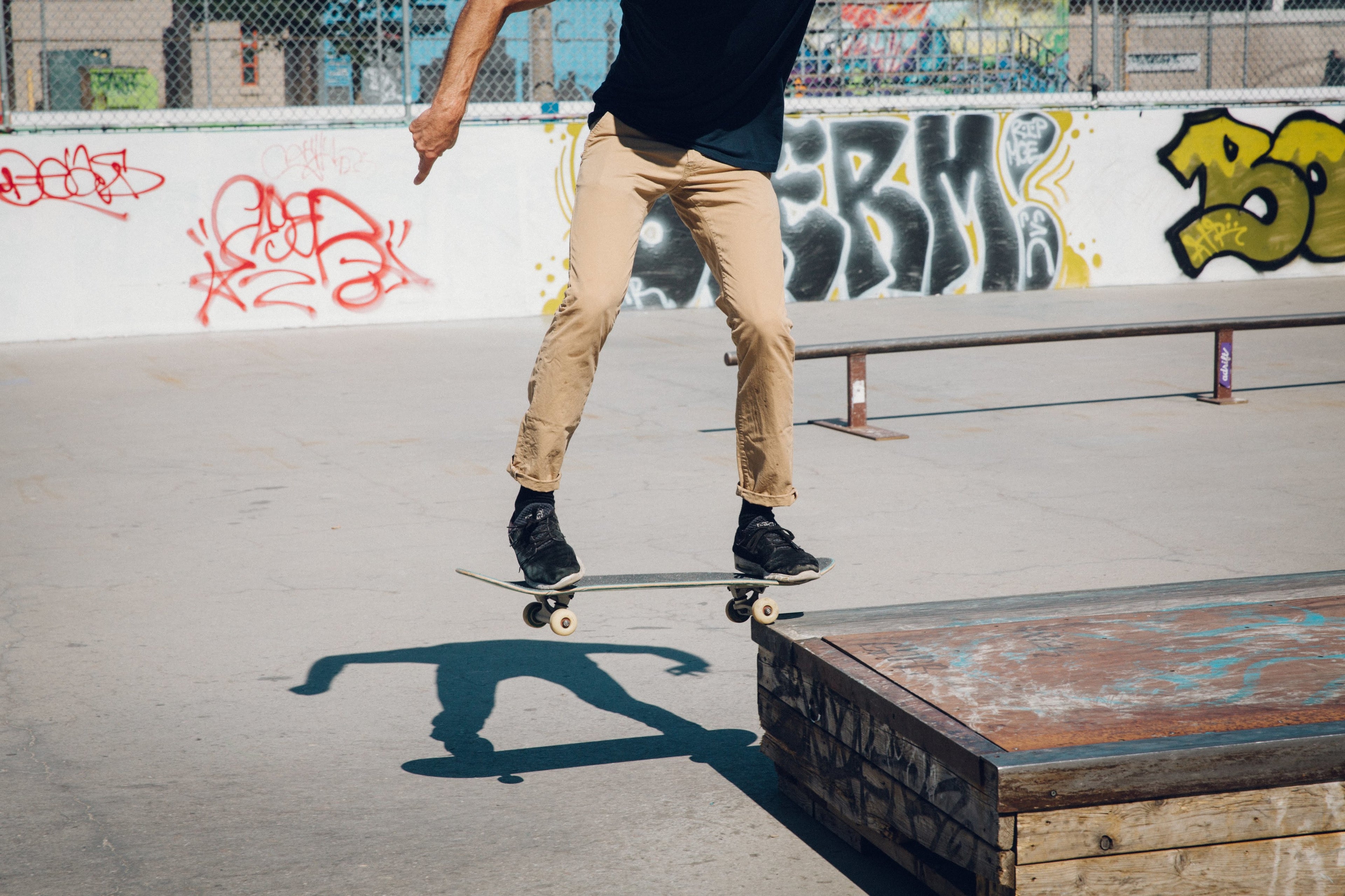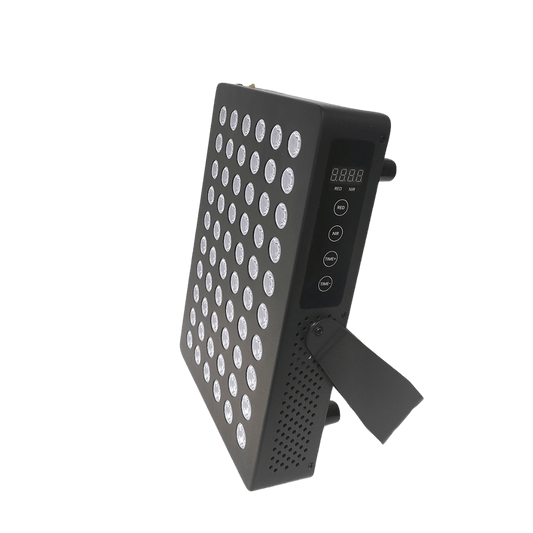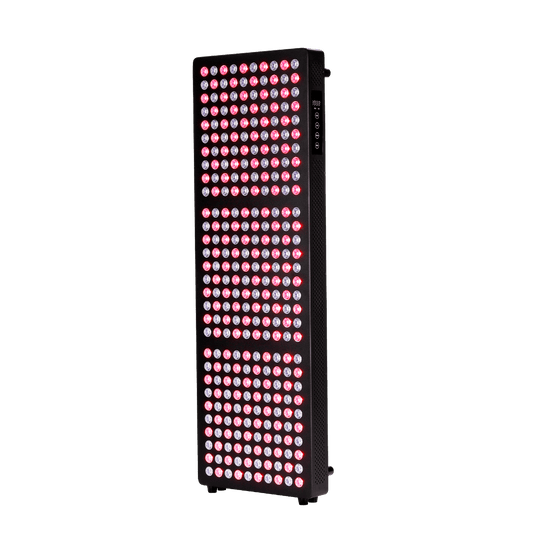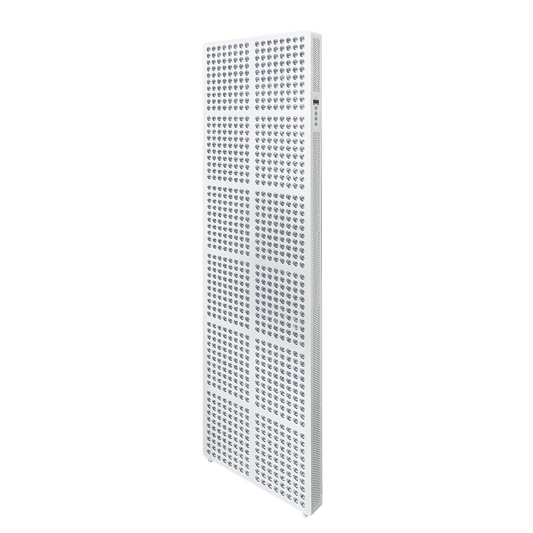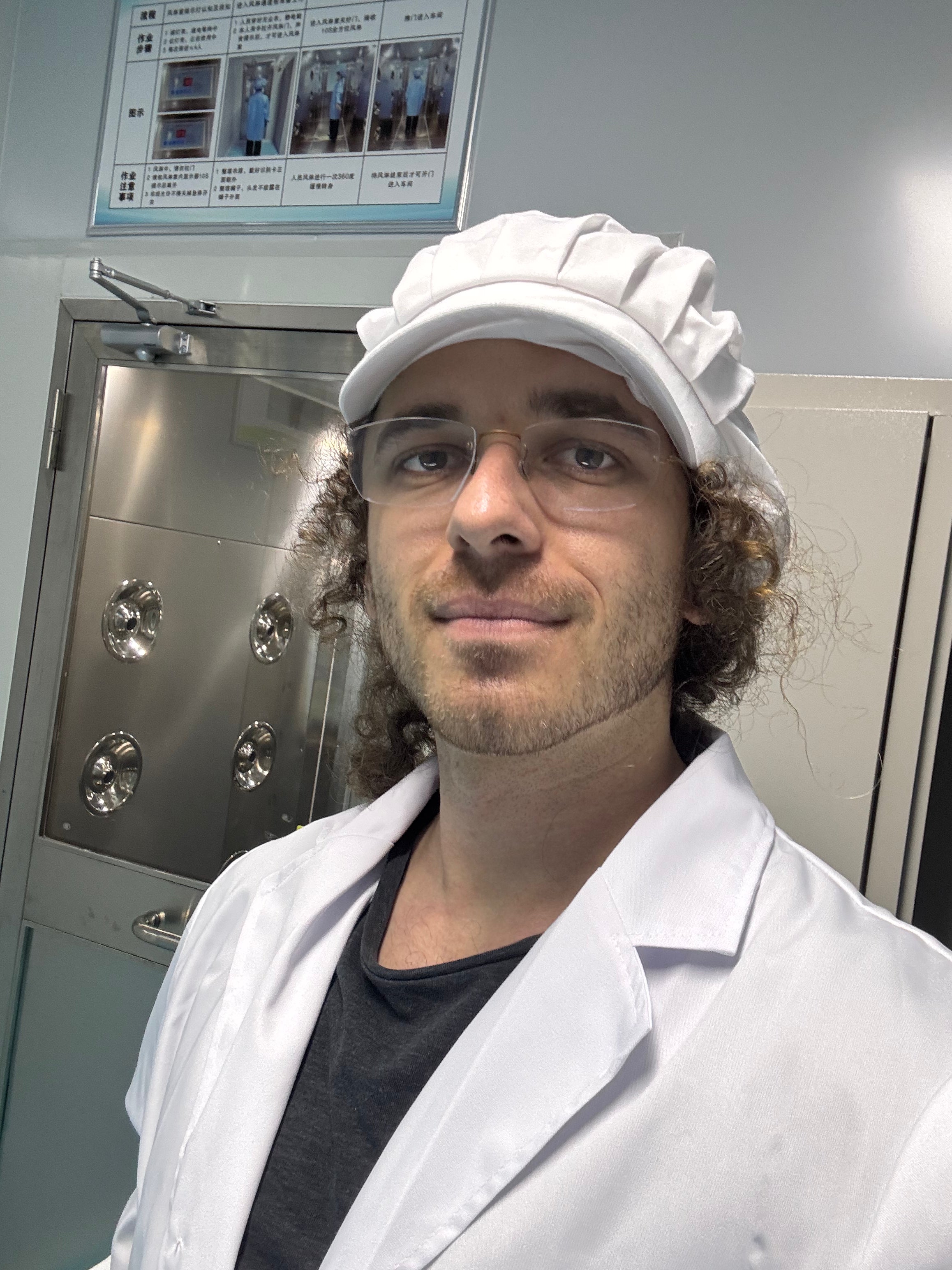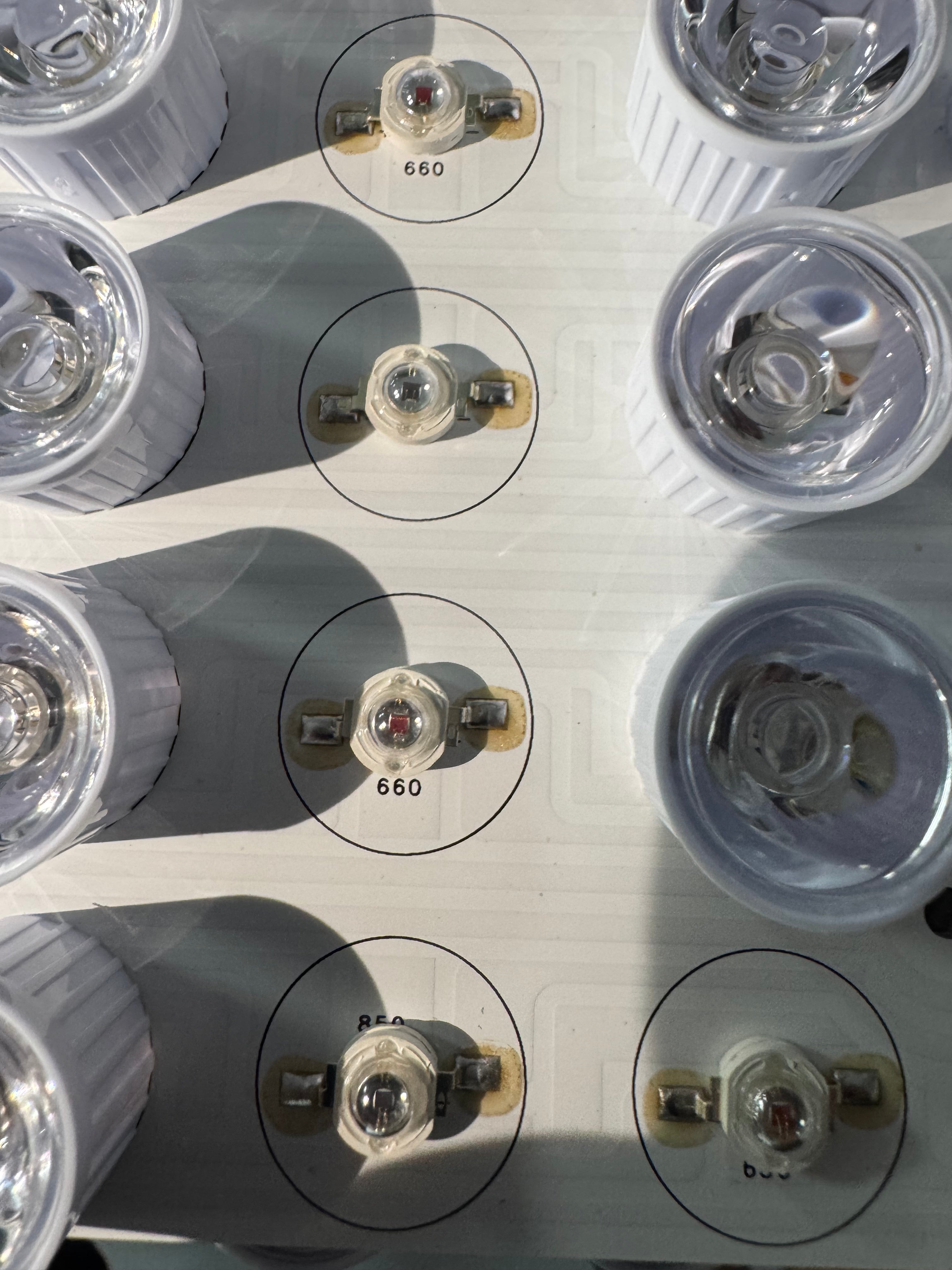Injury and Wound Healing
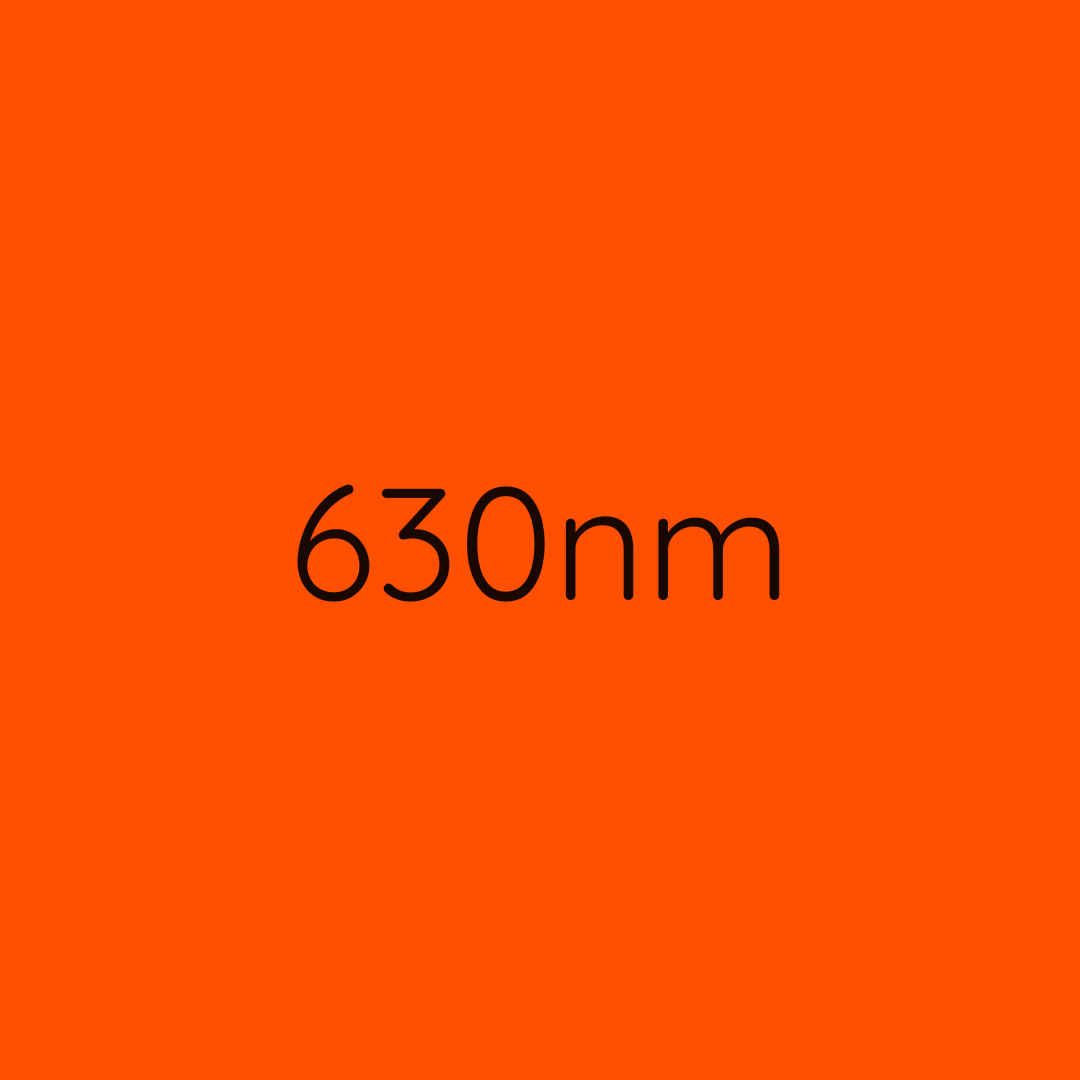
630nm Research
- 630 nm LED Boosts Tendon Cell Growth for Injury Healing
Lab tests on human tendon cells showed that 20 minutes of 630 nm LED light made the cells multiply faster and move better, which could help speed up recovery from tendon injuries like strains or tears by encouraging natural repair.
- 630 nm LED Speeds Healing in Diabetic Wound Model
In rats with wounds similar to diabetic foot ulcers, 630 nm LED light promoted faster healing by boosting cell growth, new blood vessels, collagen, and reducing inflammation, with big improvements seen in just 5–10 days.
- 625–630 nm LED Enhances Collagen and Wound Recovery
In skin cell tests and UV-damaged mice, 625–630 nm LED light increased collagen production, reduced damage-causing enzymes, and sped up wound closure, leading to smoother skin and fewer wrinkles from injuries.
- 630 nm LED Accelerates Wound Healing in Rats
Using a portable LED device at around 630 nm on cuts in rats for 30 minutes daily over 2 weeks, the stronger dose closed wounds faster, grew more collagen and blood vessels, making it a safe option for treating skin injuries.
HeroSeries panels and face masks use 630nm red light
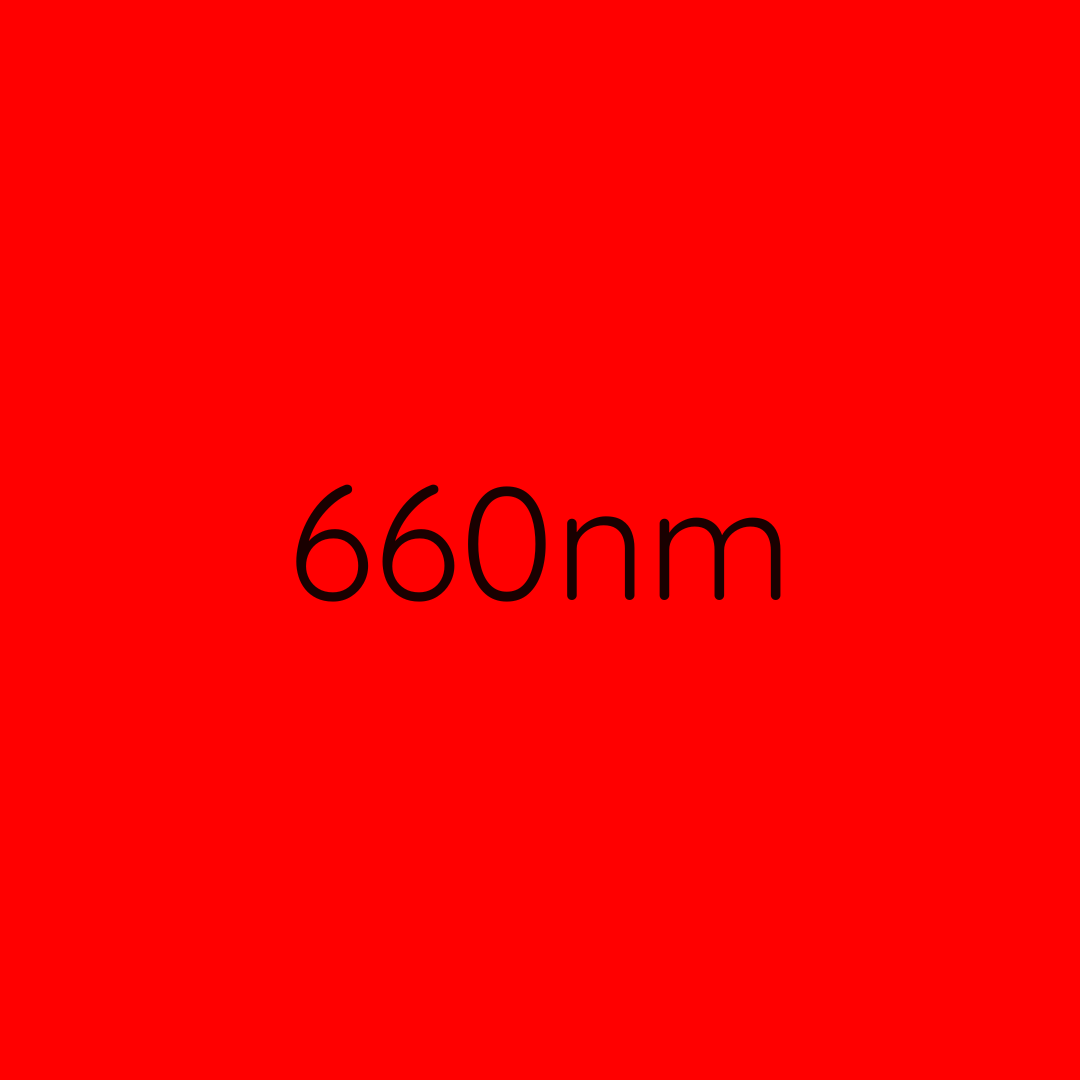
660nm Research
- 660 nm LED Stimulates Cell Energy for Wound Healing
In skin cells essential for wound repair, 660 nm LED light created a lasting increase in energy production (ATP) over 24 hours, helping cells stay active and potentially accelerating the healing process by supporting better cellular function.
- 660 nm LED Promotes Diabetic Wound Cell Proliferation
Lab experiments demonstrated that 660 nm LED light enhanced the growth and migration of cells from diabetic wounds, activating key healing pathways to improve tissue repair and offering hope for faster recovery in diabetic patients.
- 660 nm LED with Gelatin Sponge Accelerates Wound Healing in Mice
Combining 660 nm red LED light with a gelatin sponge on mouse wounds boosted cell proliferation, reduced inflammation, and increased collagen, leading to quicker wound closure and better tissue regeneration.
- 660 nm LED Therapy Heals Cutaneous Wounds in Undernourished Rats
In rats with poor nutrition and skin wounds, treatment with 660 nm LED light (combined with NIR) promoted faster healing by enhancing cell growth, blood vessel formation, and collagen deposition, showing benefits for wound care in compromised health states.
HeroSeries panels, HeroBelt and HeroHat use 660nm red light
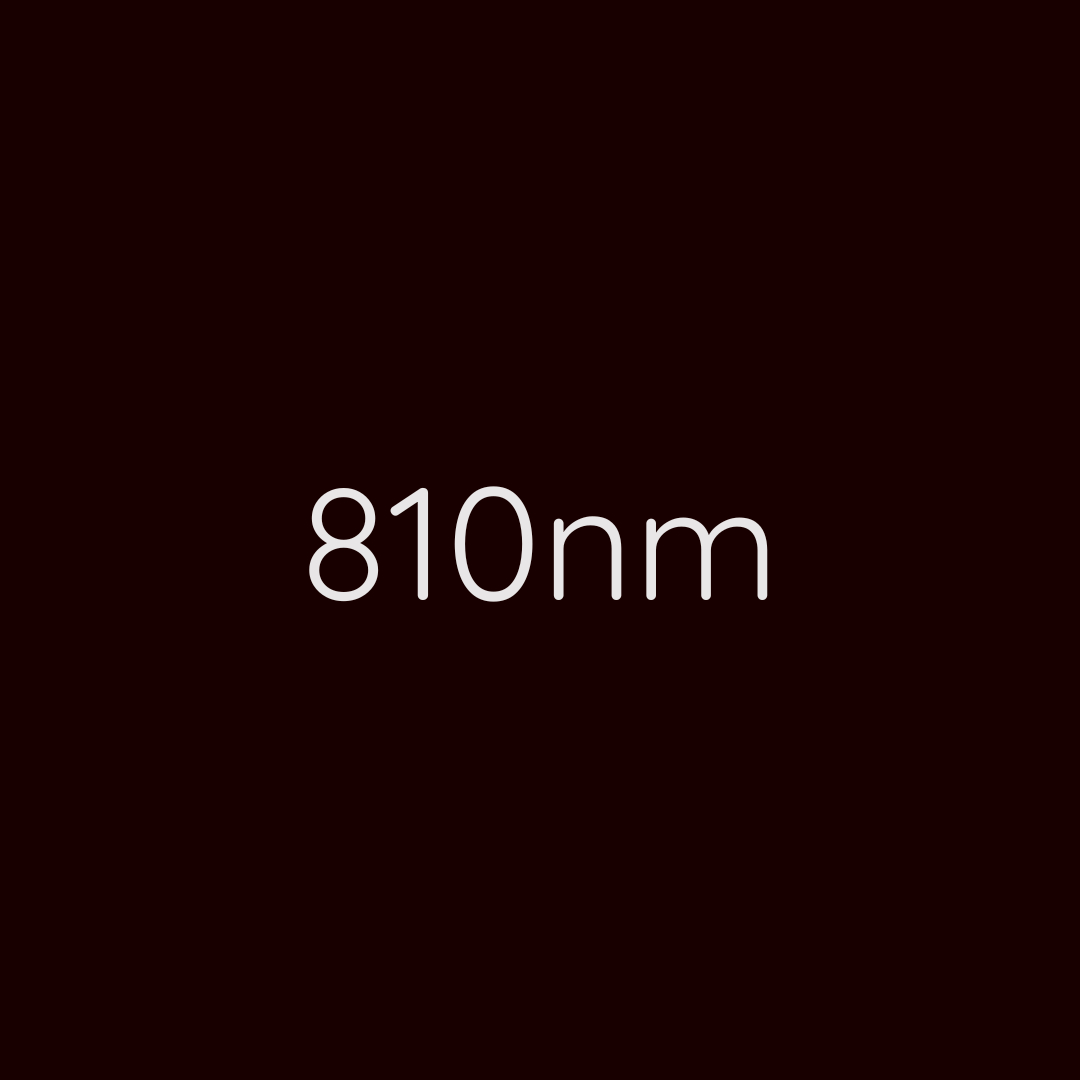
810nm Research
- 808 nm LED Accelerates Burn Wound Healing in Rats
In rats with serious burns, daily 10-minute treatments with 808 nm LED light (practical overlap with 810nm) for a week lowered inflammation, encouraged new cell and collagen growth, and helped the wounds close faster, working just as well as a laser for quicker recovery.
- 810 nm LED Promotes Diabetic Wound Healing in Cells and Mice
Lab tests on cells and experiments on diabetic mice showed that 810 nm LED light helped cells grow and move to close wounds faster, while boosting proteins that aid healing, making it a good option for tough-to-heal diabetic sores.
- LED Light Therapy (Including Around 810 nm) Enhances Wound Repair
A review of multiple studies found that LED lights at wavelengths like 830 nm (very close to 810 nm) reduce swelling, increase skin cell and collagen production, and form new blood vessels and tissue, speeding up wound healing in lab and animal tests.
- 810 nm LED with Portable Device Aids Skin Wound Healing in Lab Model
Using a handheld LED device at 660 nm and 810 nm on a 3D model of human skin, the light helped the model 'wounds' shrink and heal by influencing key healing chemicals, suggesting it could be useful for treating real skin injuries safely at home.
All HeroSeries panels use 810nm NIR light
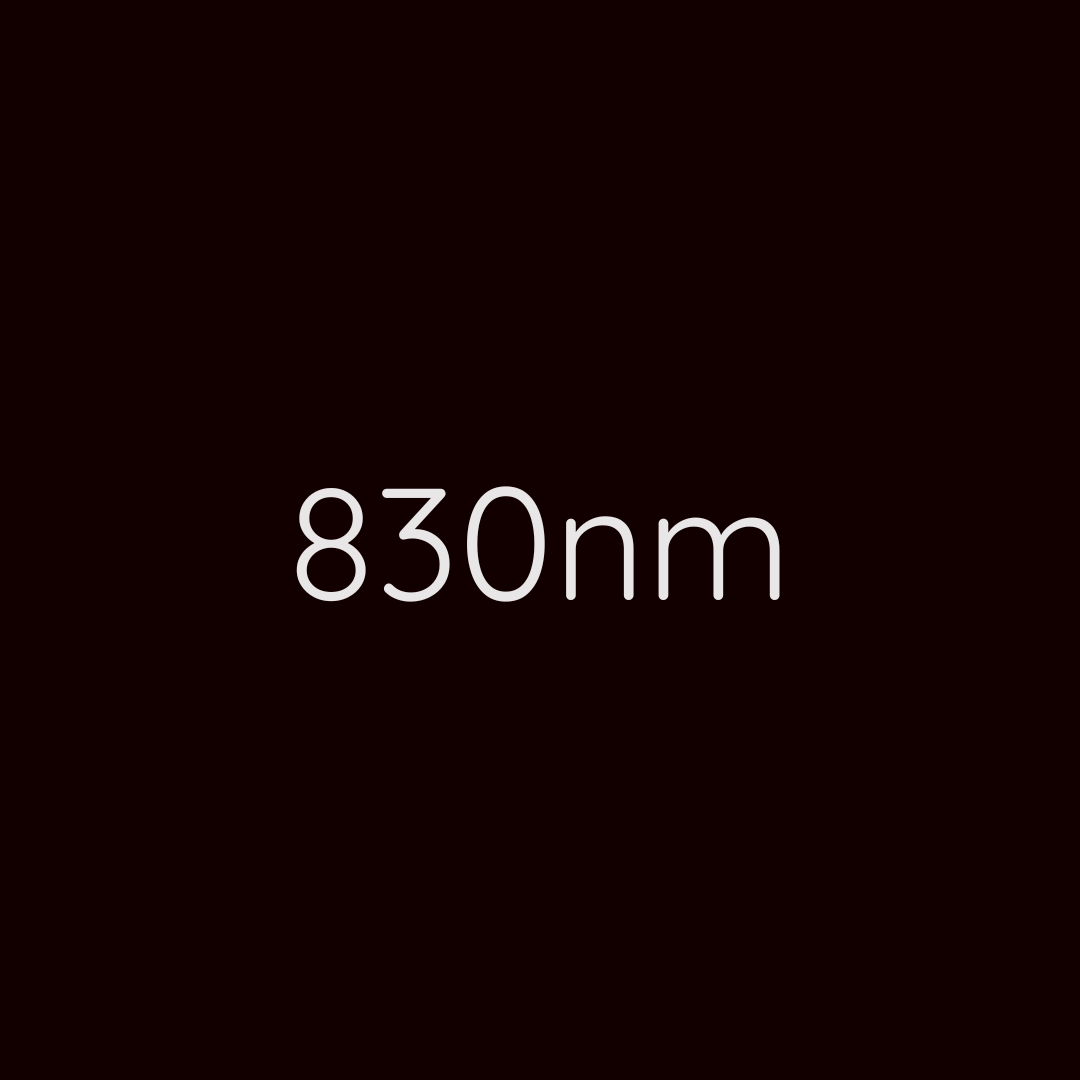
830nm Research
- 830 nm LED (and Similar Wavelengths) Promotes Wound Healing Like Lasers
A review of studies showed that LED therapy at wavelengths like 830 nm increases fibroblast growth, collagen production, and new blood vessels, speeding up wound closure and tissue repair in both lab and animal models, with effects similar to lasers for safe, non-invasive injury healing.
- 830 nm LED Enhances Diabetic Wound Healing in Rats
In diabetic rats with skin wounds, 830 nm LED therapy over 14 days boosted collagen production, new blood vessels, and tissue growth, leading to faster wound closure and better healing compared to controls.
- 830 nm LED (and Other Wavelengths) Effective for Burn Wound Treatment
A systematic review and meta-analysis of photobiomodulation for burn wounds found that wavelengths including around 830 nm significantly reduced healing time, inflammation, and scarring in animal models, supporting its use for faster injury recovery.
- 830 nm LED Low-Level Therapy Heals Various Wounds in Patients
In a preliminary study on patients with different wounds (like pressure ulcers and burns), 830 nm LED treatments achieved full healing, controlled infection and pain, with treatment times varying by wound condition, proving safe and effective for clinical use.
- 830 nm LED Promotes Cutaneous Wound Healing
A review highlighted that 830 nm near-infrared LED light is highly effective for healing impaired skin wounds by reducing inflammation, boosting cell proliferation, collagen, and blood vessels, based on multiple lab and animal studies.
- 830 nm LED Has Systemic Effect on Burn Wound Healing
Applying 830 nm LED light to the abdomen of mice and rats with burn wounds on their backs led to faster healing of the burns than in untreated animals, showing a body-wide benefit for injury recovery.
- 830 nm LED Stimulates Cell Survival for Diabetic Wound Healing
In cell studies mimicking diabetic wounds, 830 nm LED light increased skin cell migration, survival, and growth factors, helping wounds heal better by supporting repair processes without harm. - 830 nm LED Influences Inflammatory Pathways in Diabetic Wounds
A review of photobiomodulation for diabetic wounds noted that 830 nm LED therapy reduces inflammation, boosts anti-inflammatory signals, and speeds healing by targeting immune cells and pathways.
- 830 nm LED Enhances Various Wound Healing in Patients
A small study on patients with wounds like ulcers and burns used 830 nm LED therapy to promote faster healing, reduce pain and infection, with all cases resolving successfully.
- 830 nm LED Accelerates Postoperative Wound Healing
Adding 830 nm LED therapy after surgery quickly reduced swelling, bruising, and pain, shortening recovery time and increasing patient satisfaction with no side effects.
HeroSeries panels and face masks use 830nm NIR light
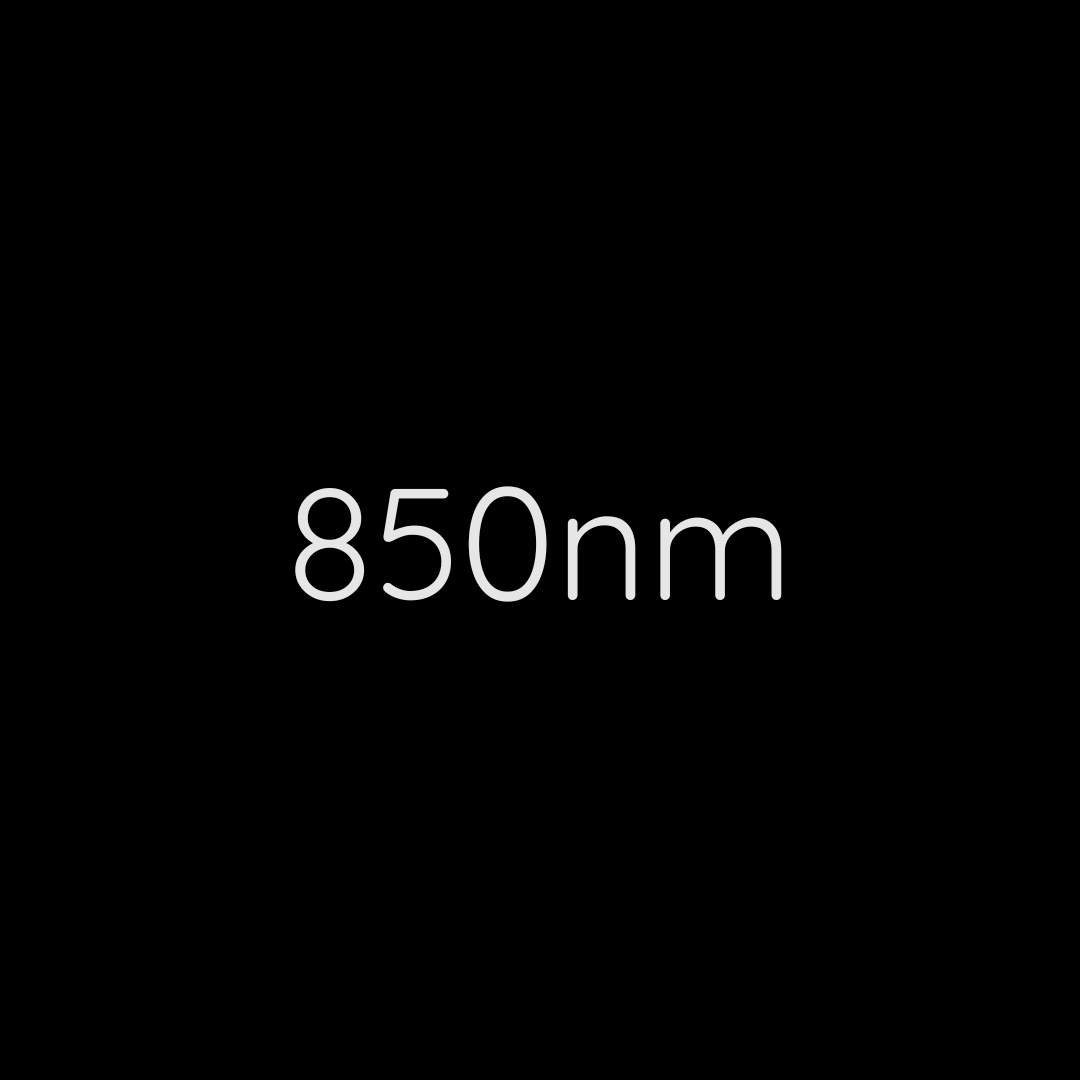
850nm Research
- 850 nm LED Enhances Bone, Cartilage, and Tendon Repair
In rats after tooth extraction, 850 nm LED increased bone cells and remodeling; for cartilage in arthritic models, it boosted collagen and prevented breakdown; for tendons, it improved cell viability and migration, all supporting faster healing of connective tissue injuries.
- Low-Level Laser Therapy Suppresses Inflammation in Wound Healing
Studies on laser beams between 600 and 850 nm, including LED applications, showed they significantly reduce inflammation and promote healing in various wound models, making them useful for speeding up recovery from injuries like cuts or burns. It's worth noting that other studies show "LED light can be as effective as LASER, since both have similar biological effects, with no significant difference between them".
- LED Arrays (Including NIR like 850 nm) Accelerate Wound and Injury Healing
LED arrays have been shown to speed up wound closure, improve heart recovery from lack of blood flow, and protect optic nerves from damage, with wavelengths like near-infrared (around 850 nm) enhancing cellular repair processes.
- Multi-Wavelength LED (Including 880 nm NIR) for Wound Healing After Laser Treatment
In a trial with 25 people after skin laser resurfacing, a device with blue, red, and 880 nm near-infrared LED (practical overlap with 850nm) showed a trend for faster healing on the treated side, with reduced redness and crusting, though not statistically significant, and safe for home use (note: 880 nm is close to 850 nm and shares similar benefits in NIR light therapy for tissue repair).
- 635–850 nm LED Promotes Wound Healing Phases
Histological reviews of LED therapy from 635 to 850 nm showed increased inflammatory cells, blood vessels, fibroblasts, and collagen in early healing, shortening inflammation and enhancing tissue repair for better wound recovery.
HeroSeries panels, HeroBelt and HeroHat use 850nm NIR light
Did you know red light therapy may support wound healing even when applied well after an injury has occurred? Research suggests it can help at multiple stages of the healing process - making it useful for both fresh injuries and ongoing recovery.³
Devices informed by injury & wound healing research³
-
HeroPanels Elite™ 10 Wavelength Red Light Therapy Panel (pre-order)
Regular price From $799.00 AUDRegular price$899.00 AUDSale price From $799.00 AUDSale -
Hero60™ Tabletop Red Light Therapy Panel
Regular price $549.00 AUDRegular price$599.00 AUDSale price $549.00 AUDSale -
Hero300™ Red Light Therapy Panel
Regular price From $1,249.00 AUDRegular price$1,399.00 AUDSale price From $1,249.00 AUDSale -
Hero960™ Red Light Therapy Panel
Regular price From $3,799.00 AUDRegular price$3,999.00 AUDSale price From $3,799.00 AUDSale
Other red light therapy research
- Sleep quality
- Pain and inflammation
- Muscle mass and recovery
- Collagen production, skin and wrinkles
- Hair growth
- Neural function, depression and brain diseases
- ATP production and mitochondria function
- Eyesight
See the studies for yourself by clicking the links above or visit our RLT Wavelength Research page for an overview.

